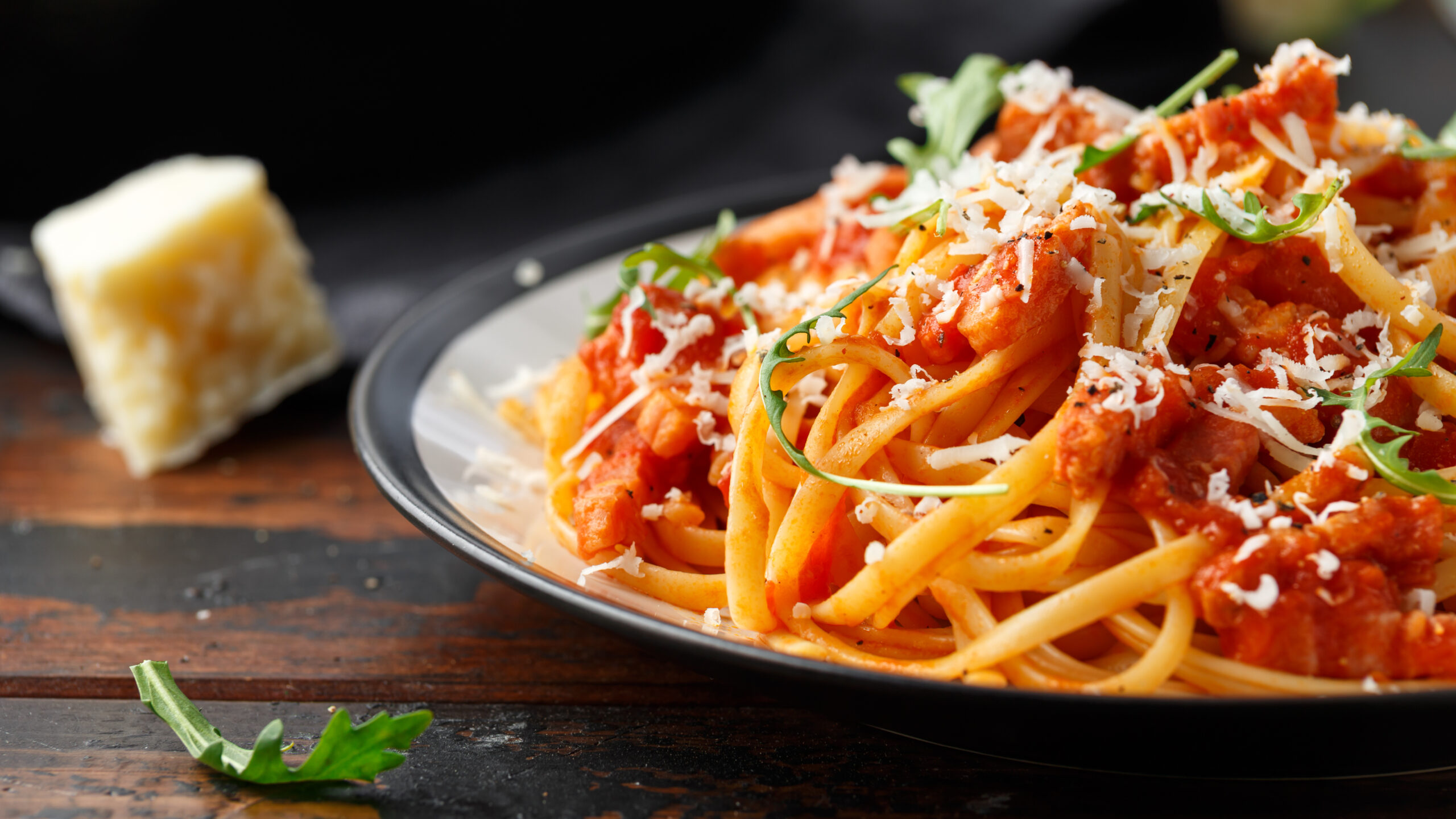There’s something magical about Italian cuisine. It’s comforting, rich in tradition, and deeply tied to family and culture. Whether it’s a hearty lasagna, a delicate risotto, or a simple bowl of spaghetti with tomato sauce, Italian food brings people together. Over the years, both as a chef and an instructor, I’ve learned that creating authentic Italian dishes at home doesn’t require a culinary degree—it just takes a bit of passion, patience, and respect for the ingredients. Here are my tips and secrets for mastering classic Italian dishes in your own kitchen.
Start with Quality Ingredients
Italian cooking is all about letting the ingredients shine. That means you don’t need a long list of fancy items, but the ones you use should be the best you can find. Opt for ripe, fresh tomatoes, high-quality olive oil, and fresh herbs whenever possible. For cheese, look for Parmigiano-Reggiano, pecorino, or fresh mozzarella—real Italian staples that make all the difference.
When it comes to pasta, either make your own (it’s easier than you think!) or choose a good-quality dried pasta. Trust me, you can taste the difference between generic options and those made with high-quality durum wheat.
Master the Basics: Pasta and Sauce
Pasta and sauce are the heart of many Italian meals. Perfecting these basics can elevate your home-cooked dishes to restaurant quality.
For pasta, always cook it in salted water—enough salt to mimic seawater. This is the only chance you get to season the pasta itself. Cook it al dente (with a slight bite) and remember to reserve a cup of the pasta water before draining. That starchy liquid is a secret weapon for creating silky sauces.
When making sauces, simplicity is key. For a classic tomato sauce, sauté garlic in olive oil, add crushed tomatoes, and simmer with a bit of basil. That’s it. Avoid the temptation to add too many extras—Italian cooking values purity of flavor.
The Art of Risotto
Risotto is often seen as intimidating, but it’s a dish that rewards patience and care. The key is to use the right rice—arborio or carnaroli are the best choices—and to toast the grains in butter or olive oil before adding liquid.
Instead of dumping all the stock in at once, add it a ladleful at a time, stirring frequently. This allows the rice to release its starch, creating that creamy texture risotto is known for. Finish with a generous handful of grated cheese and a pat of butter for richness.
Perfecting Pizza at Home
Homemade pizza might seem like a daunting task, but with the right approach, it’s incredibly satisfying. The secret to great pizza lies in the dough. Make it from scratch if you can, and let it rise slowly for the best flavor. If you don’t have a wood-fired oven, a pizza stone in a regular oven preheated to its highest temperature works wonders.
When it comes to toppings, less is more. A thin layer of tomato sauce, some fresh mozzarella, and a few basil leaves are all you need for a classic margherita pizza. Let the quality of the ingredients do the talking.
Embrace the Simplicity of Antipasti
Antipasti, or Italian appetizers, are an opportunity to showcase simple ingredients in their best light. Think cured meats like prosciutto and salami, marinated olives, roasted vegetables, and fresh cheeses. Serve them on a large platter with crusty bread, and you’ve got an effortless starter that feels special.
Bruschetta is another easy option—just grill slices of bread, rub them with garlic, and top with a mixture of diced tomatoes, olive oil, and fresh basil. It’s the kind of dish that lets summer flavors shine.
Don’t Rush the Bolognese
A traditional Bolognese sauce isn’t just a meat sauce; it’s a labor of love. Start with a base of finely diced onions, carrots, and celery, and let them soften slowly. Add ground beef and pork (or veal if you’re feeling luxurious), and cook until browned.
The real secret to Bolognese is time. After adding tomatoes, a splash of wine, and a bit of milk or cream, let the sauce simmer gently for at least two hours. The flavors deepen and meld, creating a sauce that’s perfect for serving over fresh tagliatelle or even layering into lasagna.
Finish with Dessert
No Italian meal is complete without a little something sweet. Tiramisu is a classic dessert that’s surprisingly easy to make at home. Layer ladyfingers dipped in espresso with a mixture of mascarpone, eggs, and sugar, and top with cocoa powder. Let it chill for a few hours or overnight for the best flavor.
If you’re looking for something simpler, a drizzle of good balsamic vinegar over fresh strawberries is an elegant and refreshing way to end the meal.
Celebrate the Process
Cooking Italian dishes at home isn’t just about the food—it’s about the experience. It’s the smell of garlic sizzling in olive oil, the satisfaction of kneading dough, and the joy of sitting down to a meal you’ve created with care.
Remember, Italian cooking doesn’t demand perfection. It’s about using what you have, doing your best, and sharing what you create with the people you love. Whether you’re making a simple plate of spaghetti or a multi-course feast, embrace the process and enjoy the results.
So roll up your sleeves, pour a glass of wine, and get cooking. The flavors of Italy are closer than you think.
